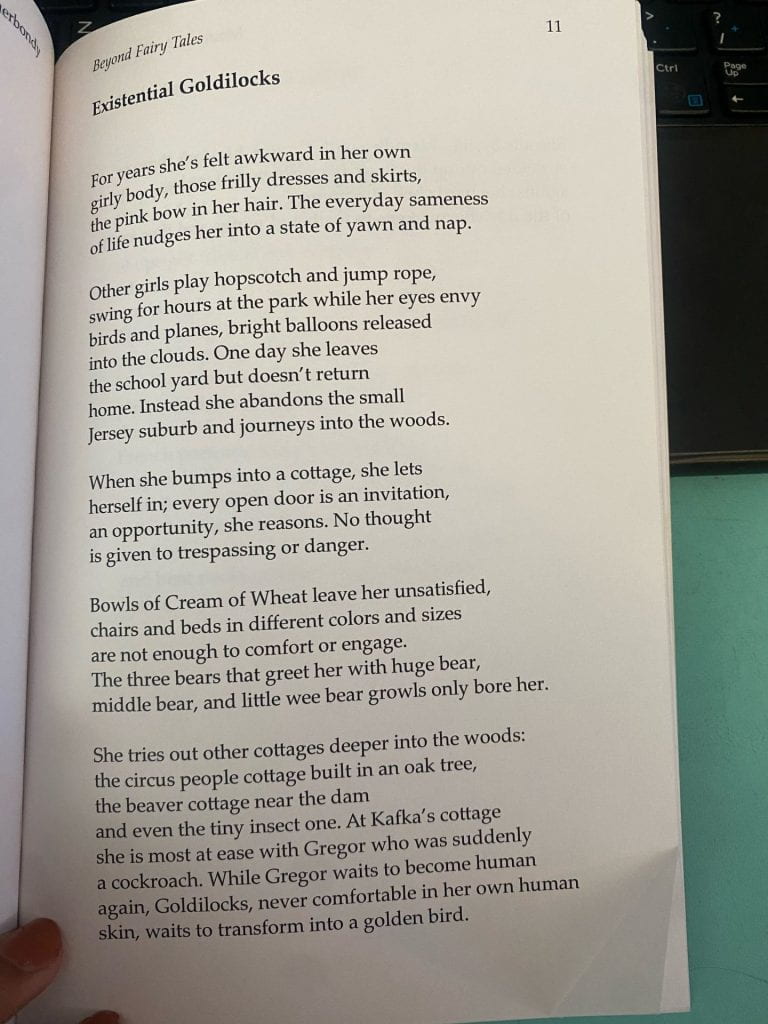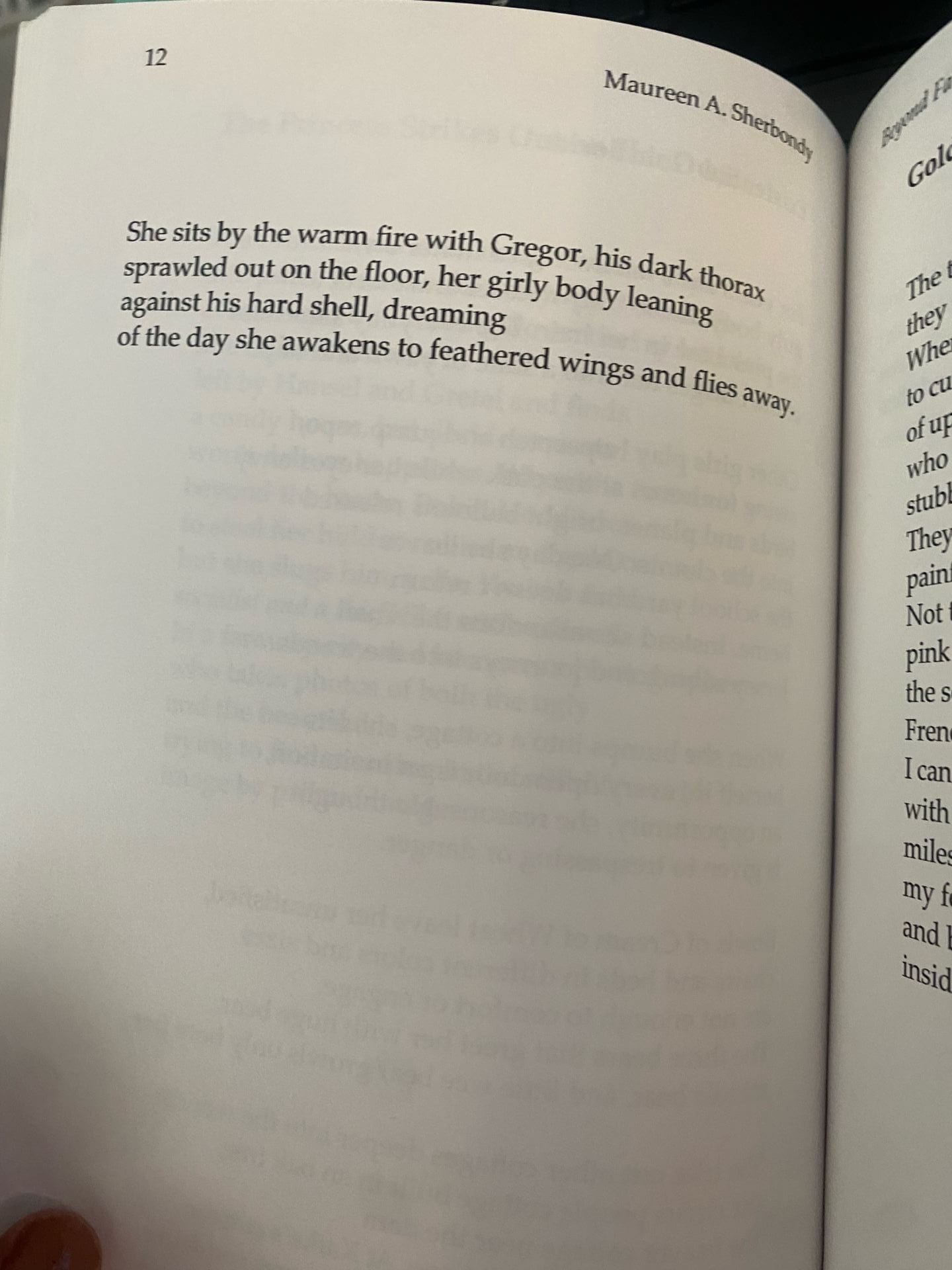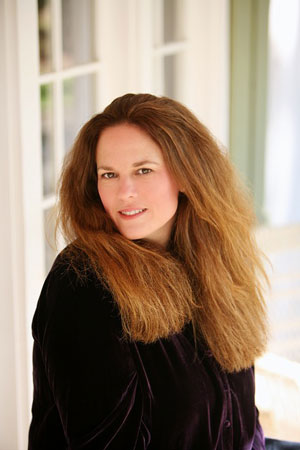
This collection of sonnets has a male speaker, discussing questions of love, death, time, and morality. “Sonnet 66” by William Shakespeare is a poem addressing frustration and feelings of hopelessness revolving around the toxic society and moral decay that’s in the hold of the world, but reveals that love and human connection can conquer all.
In the first section, the speaker addresses that he is ready and begging for a “restful death”, and begins to list the reasons why (Shakespeare, Line 1). He is able to emphasize just how much he wishes for death, using alliteration in line 2, “behold desert a beggar born,” using the letter B (Shakesphere, Line 2). He is using an instance where people often will desert someone who is in need, or have to witness someone who is going to have a life of pain, helpless to do anything about it. The speaker can be both the beggar and the helpless witness; the one wishing for death and the one helpless to fix the situation he sees. In this case, the Alliteration in the text signifies that the speaker feels that nothing in the world is changing, even though there are so many bad parts of it. This poem is also a sonnet, and uses the rules of a Shakespearean sonnet to create a cohesive and intricate poem; paralleled with the complex feelings that the speaker faces. The beginning of the poem sets us up with the somber tone, and the frustrating feelings towards the current state of society.
The second section immerses us in a realization that he’s specifically upset with society, stating several things are unfortunate and terrible that are done in the world. Broken promises, two-faced ideology, “maidens virtue” lost, the unequal class system, and ect (Shakespeare, lines 3-12). Shakespeare creates a noticeable anaphora in the middle section of the poem, at the beginning of every line, the speaker uses “and” (Shakespeare, line 5). The anaphora extenuates the debilitating feelings of dread that nothing will ever change, and the cynical structure society has created. This meaning is also further developed with specific words such as “ tongue-tied” which creates alliteration, used to create a stifling tone using the letter T (Shakespeare, line 9). This creates the picture of a world at which things are often censored by authoritative power unjustly. This section further expresses the reasons for the speaker’s intense sense of injustice in the world, illustrating his original want for eternal slumber.
As the sonnet reaches the end, Shakespeare continues his explanation by stating of the effects of simplemindedness and how good is taken over by “captain ill”; wickedness (Shakespeare, line 11). There are punctuation changes along with an end to the anaphora, signifying an end to his explanation, and continuing with a final couplet. The ending lines of the poem follow an assonance of the letter E, connecting the first two lines with the last two lines. This creates a distinction from the middle part of the sonnet, and creates a more fluid annunciation of an iambic pentameter. The speaker once again highlights his exhaustion with the world’s neverending corruption, and assuming the audience understands his reasoning, is ready to die. But a shift in the poem occurs in the final line of the poem, providing a saving grace, saying that instead of dying, he will only live because of his “love alone”(Shakespeare, line 14). The specific usage of the word “my” in “my love alone” is important, and can be interpreted in two different ways. He is referring to a specific person, but also to love itself. Either way, it shows the power that love has, even in the face of death. The last two lines are also a juxtaposition of each other, where one is talking about the acute need for death, while the other talks about the quest to find a reason to live. Love and connection are provided as a form of hope and redemption. Love gives life its meaning, and is the sole reason for overcoming odds even in the face of the most difficult adversity.


